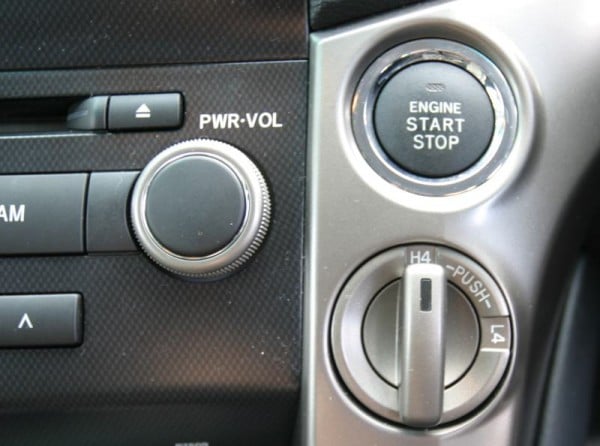This lesson is to ensure that you know how to safely start and stop the engine.

Vehicle safety
Park the car off the road and in a safe place with the handbrake on and the gearbox in neutral for a manual car or park (P) in an automatic car.
Driver actions
Starting the engine:
- Make sure the handbrake or park brake is on – with push button handbrakes, look for the dashboard light (usually a red exclamation mark “!” in a red circle)
- Make sure the gearbox is in neutral for a manual car or park for an automatic car
- Press the clutch pedal with the left foot (if the car is manual)
- Press the brake pedal with the right foot (automatic and manual cars)
- If the car has a key, turn the key to start the engine and let go as soon as the engine has started. If you are driving a very old car (perhaps pre-1980s) you may have to give the car some choke if it’s cold
- If the car has push button ignition, push the button for long enough for the engine to start
- Check the gauges and warning lights as the vehicle goes through its initial post-start check. All warning lights should extinguish, unless there’s one warning the engine is still cold.
Stopping the engine:
- Push the clutch in (manual car) and press the brake pedal
- Put the handbrake or park brake on
- Put the gearbox in neutral for a manual car or park for an automatic car
- Check that only the handbrake/park brake light is displaying
- In a car with a key ignition, turn the key to the off position and remove it from the ignition.
- In a car with push button ignition, press the start/stop button to stop the engine.
Perform all tasks at least twice.
